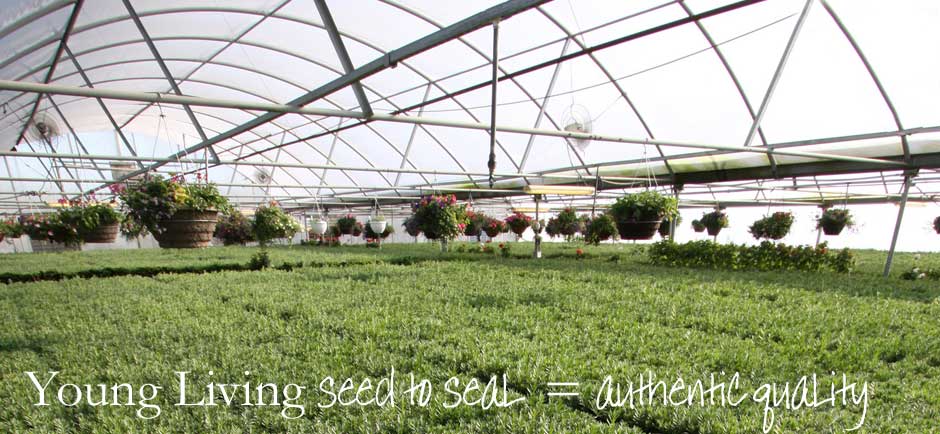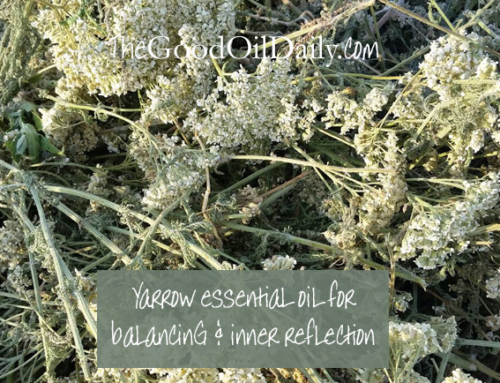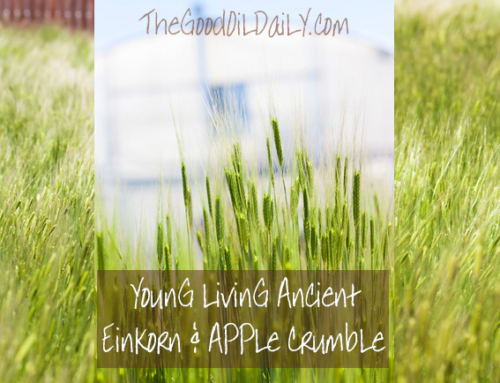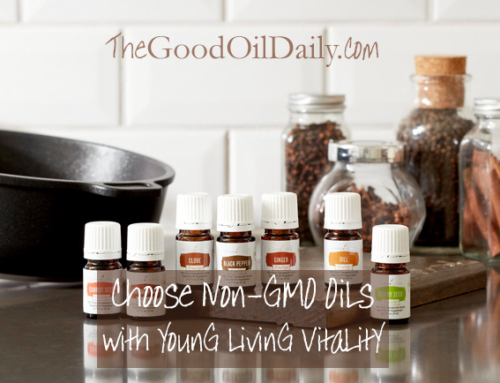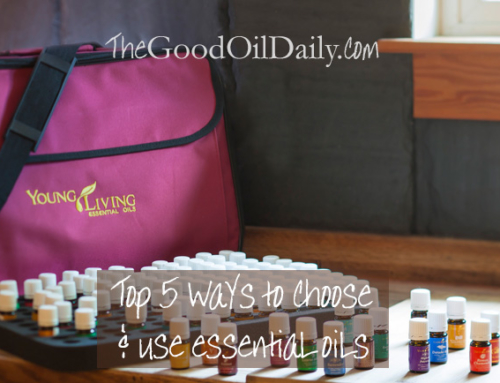We hear a lot about quality. But what does it really mean and how important is that?
A few years ago, well-known author and essential oil authority Dr Kurt Schnaubalt made the statement,
“Essential Oils have become a world-wide phenomenon.”
He is correct, and along with that popularity has come an influx of companies jumping on the bandwagon, so to speak, to grab their share of the almighty dollar by selling what they are calling essential oils.
But many of these are in truth synthetic ‘knock-offs’— just as we see happening in the design world, whether it be clothing, jewellery or furniture.
Along with this influx of essential oil companies, we are seeing the birth of many new terms to supposedly explain quality. Most of these terms are nothing more than marketing hype, designed to hoodwink the unsuspecting public. They aren’t controlled by any regulatory authority — and they have no real meaning.
Probably the first used and best known is ‘therapeutic-grade’. About 14 years ago, this term was coined by Young Living, the World Leader in Essential Oils® as a measure of excellence in quality. And at that time — it was. It was also used to distinguish this quality from ‘perfume grade’, the quality of the majority of oils produced.
Unfortunately, they didn’t trademark the term. So since that time, you guessed it — every man and his dog has used it, without any verification, in an effort to influence potential buyers.
Just do a Google search for therapeutic grade essential oils and see how many results you get. But let’s be very clear. There is no regulatory body anywhere in the world that uses that term.
As ‘therapeutic grade’ became widespread, someone dreamed up the term EOBBD (‘essential oils botanically and biochemically defined’) to be different. It’s another term that sounds impressive but we can fairly question where the substance lies in it.
Then came ‘certified pure’. What does that mean? Certified by whom? Pure what? Remember, something can be 100% synthetic or 100% poison and still be pure.
And now, another newcomer to the essential oils industry has come up with the term ‘Clinical Grade’ and stating that it is so much better. Top marks for creativity — but again, there is no regulatory body using these terms.
On the other side of the coin, we come to the Pharmacopoeia. This is an official register of items of pharmaceutical grade, and where the word ‘pharmacy’ originated. Drugs, industrial chemicals and the like are listed in the Pharmacopoeia. This register is unique to each country, although Australia tends to use the British Pharmacopoeia, abbreviated on labels to B.P. The United States uses the US Pharmacopoeia (USP) — and Europe mostly defers to the German Pharmacopoeia.
A product could be 100% synthetic and still be listed in the Pharmacopoeia. So if a company claimed inclusion in the Pharmacopoeia as a measure of quality or purity for their products — it is still not necessarily so.
Along with the various Pharmacopoeia, there is also the International Standards Organisation (ISO) which developed from AFNOR (Association Française de Normalisation). It is more commonly used today, and has standards set for many products in many categories — including cars, machinery, chemicals, essential oils and much more.
We need to be mindful that just as world-wide demand for essential oils continues to increase, so will unsubstantiated, flawed or misleading persuasions as to the quality of the various companies’ products.
So, let’s look at the facts.
Genuine, authentic essential oils are not produced in a laboratory or factory. You can’t just wave a magic wand and have them appear. Farms are not created overnight. World production cannot meet the increased demand. Synthetics, adulteration, cutting and extending are a fact of life within the essential oil industry. And such practices are more widespread than ever.
Any company that doesn’t own its own farms, distilleries and production facilities is behind the eight ball and at the mercy of vendors and/or fragrance companies. Don’t be fooled by fancy names and false claims.
Any company maintaining their oils are better quality but cheaper is defying all the basic laws of economics and commerce governed by supply and demand — and that simply doesn’t happen.
This is just another reason why I personally only use Young Living essential oils, with their own farms, distilleries, research laboratories and dedication to excellence via their Seed to Seal® process.
I don’t trust any of the others — no matter what they say. But don’t take my word for it. Next time you see some lingo, ask to see how the company sources and produces what it’s selling. Just be sure they aren’t showing you smoke and mirrors.
Enjoy the good oil daily.
This will also connect you up with The Good Oil Team for our personal support and coaching. We'd love to help you on your journey to vibrant well-being the natural way!
Any questions? Please get in touch via our Contact page.

